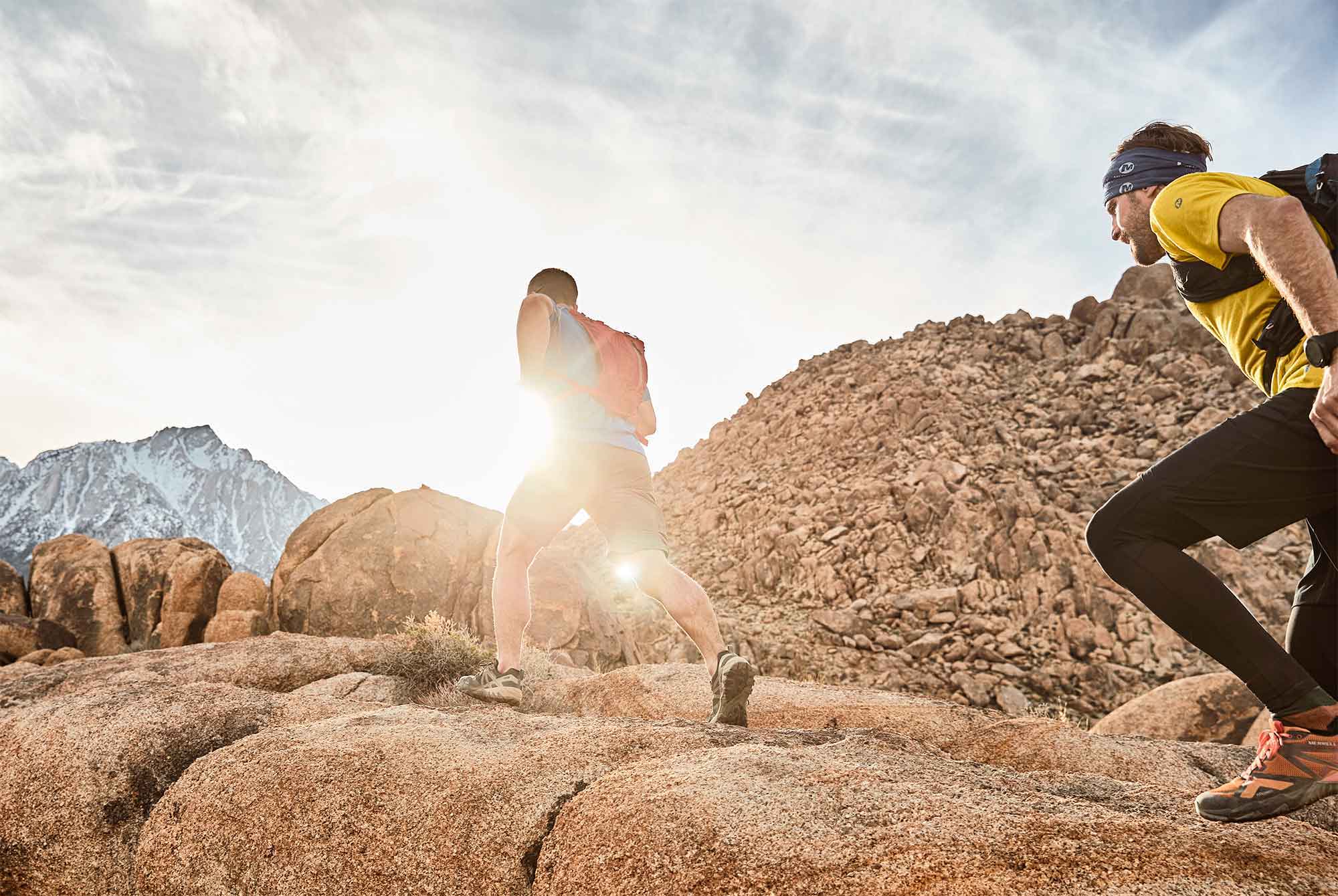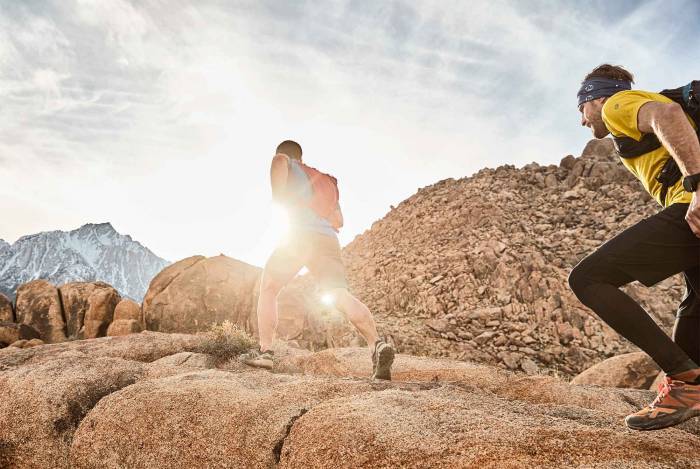Recording Your FKT
- Announce your intentions on FastestKnownTime.com and contact the previous record holder to explain your goals. They may even offer advice, as it is generally a very supportive community.
- Record your track with a GPS device. On long trails, a SPOT or Delorme device is standard. On shorter attempts, a simple GPS-enabled watch or even a phone with Strava or a similar app may suffice.
- Write a trip report detailing your effort. It should include notes about each day such as landmarks passed, weather, terrain, and how you resupply.
- Take photos along the way. Images of yourself at recognizable places on the trail (and away from roads) help pin down your time and place. They often also contain metadata such as time and GPS stamps the further validate your effort.
Types of FKTs

FKT: Value the Experience

Technology Is Useful in Recording FKTs
FKT: A Sport Alone











